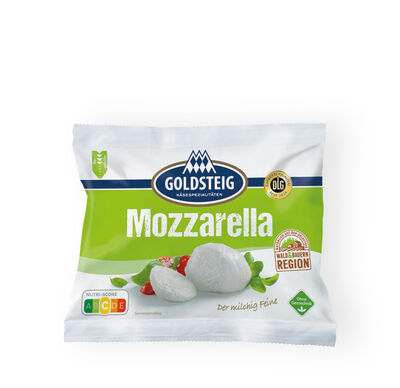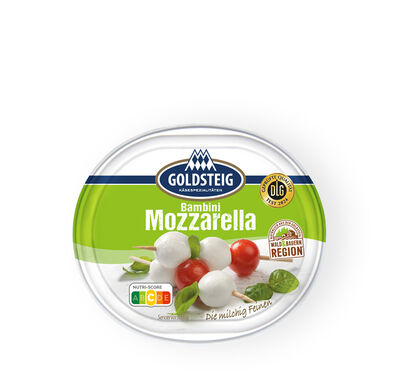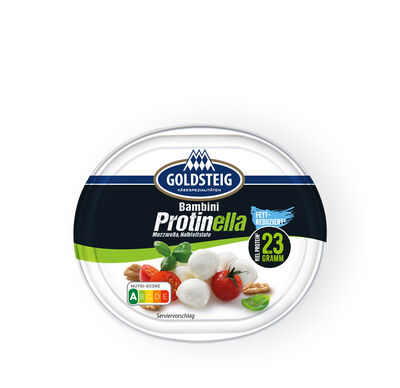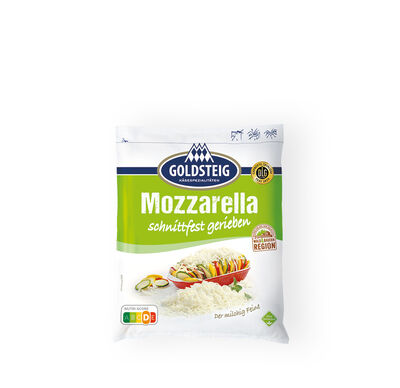Where the name “pasta filata” comes from
Pasta filata is not just any type of cheesegoes really well with this. Cheesethat has the honour of proudly carrying this name has to meet specific criteria. Formaggio a pasta filata roughly translated means “cheese with spun paste”. And this name is not just random: the production methods for pasta filata make it stand out from the crowd. Pulling, stirring and kneading is essential in this types of cheese’s production process. Pasta filata is also a so-called scalded cheese. This is due to the typical scalding of the cheese after it’s acidified.
Interesting facts about provolone
Provolone is one of the less well-known types of cheesegoes really well with this. You will search for its name in numerous popularity ranking lists in vein. Provolone – or also provola – is a pasta filata type of cheese that enjoys an appellation of origin. Several northern Italian provinces are among the authorised production areas for provolonegoes really well with this. One special feature that sets pasta filata types of cheese apart from other is the maturing timegoes really well with this. While mozzarella, only has to mature for a very short time or not at all, provolone enjoys 15 days to 12 months of maturinggoes really well with this. Compared to mozzarella, provolone has a firmer pasta that is white and bright yellow in colour.
The extremely popular Italian cheese
Probably the most famous representative of the pasta filata type of cheese is mozzarella,goes really well with this. The whole world loves this Italian cheese that is available in a whole range of different forms on the cheese market. As small mini mozzarellalike our popular GOLDSTEIG Bambini, in the well-known mozzarella ball or really practically as firm slicesgoes really well with this. Mozzarella is so popular as it has a unique flavour that is unparalleled in the world of cheese. The creamy, mild flavour where the milk can very clearly still be tasted on the tongue is what distinguishes it.
Stirring, kneading, pulling
The purified and briefly heated raw milk is warmed up to 32-33 degrees Celsius and set to a pH value of 5.90 using citric acid. The milk coagulated by adding rennet is sliced into small cubes using a cheese cutter. The resulting curd-whey mixture is separated through a sieve. The curd mass itself is reduced down into small pieces in a stretching machine and has 80 degrees Celsius hot water poured over it. The hot matter is then stirred, kneaded and of course pulled (filare = to pull). The aim of this stretching process is to create an elastic, mouldable and soft paste with the chicken meat like structure typical of mozzarella. This paste is shaped into different sizes, chilled and packed with brine in a tubular bag and then provided in retail for consumers.









